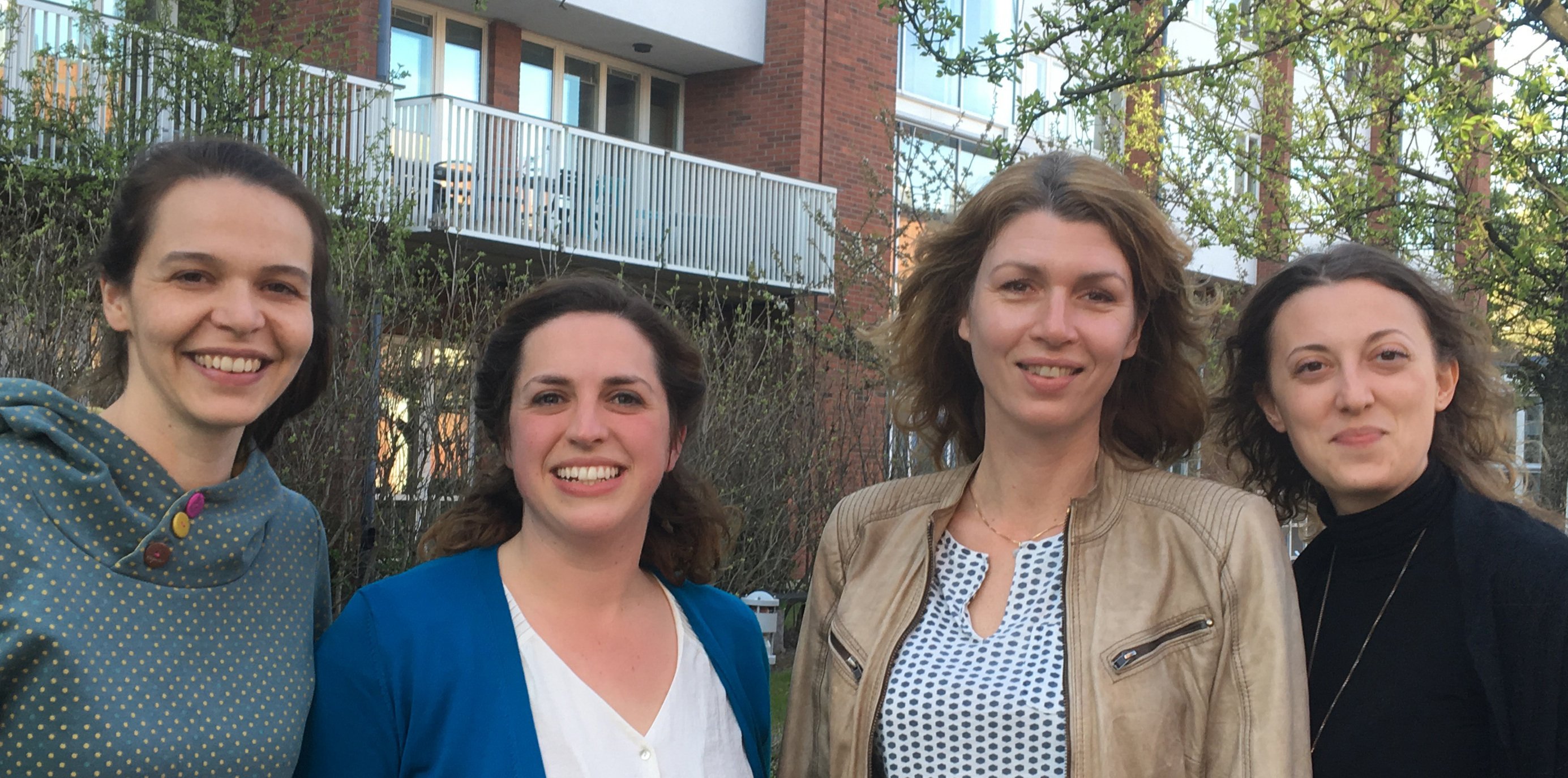Resistant neurons point the way to protective factors in ALS

The growth factor IGF-2 can prevent the death of human nerve cells in the incurable disease ALS, according to a study by researchers at Sweden´s Karolinska Institutet and the University of Milan in Italy. The study, which is published in the journal Scientific Reports, demonstrates that degeneration-resistant oculomotor neurons can be used as a tool to identify factors able to prevent the degeneration of vulnerable neurons caused by this deadly disease.
Amyotrophic lateral sclerosis (ALS) is a lethal disease characterised by progressive loss of motor neurons and subsequent muscle atrophy, weakness and paralysis. However, certain motor neuron groups are, for unknown reasons, relatively resistant to degeneration in ALS. Among the most resistant are oculomotor neurons, which are located in the brain stem and control eye movement. Consequently, eye-tracking devices are used to enable paralyzed ALS patients to communicate through computers.
Incurable disease
The disease is currently incurable, but researchers are looking for genes that can be used to develop treatments able to arrest the progress of the disease and prevent the loss of motor neurons. To this end, Eva Hedlund’s team at Karolinska Institutet’s Department of Neuroscience has focused its attention on the oculomotor neurons.
“We have now identified a factor, insulin-like growth factor 2, or IGF-2, within the resistant oculomotor neurons. We show that IGF-2 can rescue human motor neurons from degenerating,” explains Dr Hedlund, who has led the study with Stefania Corti at Milano University.
The researchers used skin cells obtained from ALS patients. The skin cells were reprogrammed into stem cells and further developed into motor neurons. Upon receiving IGF-2 the neurons fared better than normally under conditions harmful to motor neurons.
Positive effect
Since IGF-2 had a positive effect on cultivated neurons outside the body, the researchers proceeded to examine if it could also protect motor neurons in mice that develop ALS-like disease. When the researcher gave the ALS mice IGF-2 through gene therapy they lived longer.
“We can see that motor neurons are preserved and that IGF-2 treatment causes the axons to regenerate and recreate vital connections with muscles that were previously lost,” says Dr Hedlund.
The closely related hormone IGF-1 has been clinically tested through administration under the skin to patients with ALS, but the results have been contradictory. So far IGF-2 has not been tested in a clinical setting. The new study supports the idea that administration of IGF-2 or IGF-1 directly to motor neurons through gene therapy could have a positive effect.
The study was financed by grants from the Söderberg Foundation, the EU Joint Programme for Neurodegenerative Disease, the Birgit Backmark endowment for ALS research at Karolinska Institutet, the Thierry Latran Foundation, the Åhlen Foundation, the Swedish Research Council, the Swedish Society for Medical Research, the Swedish Brain Fund and the Swedish Society of Medicine.
Publication
Differential neuronal vulnerability identifies IGF-2 as a protective factor in ALS.
Allodi I, Comley L, Nichterwitz S, Nizzardo M, Simone C, Benitez JA, et al
Sci Rep 2016 05;6():25960
